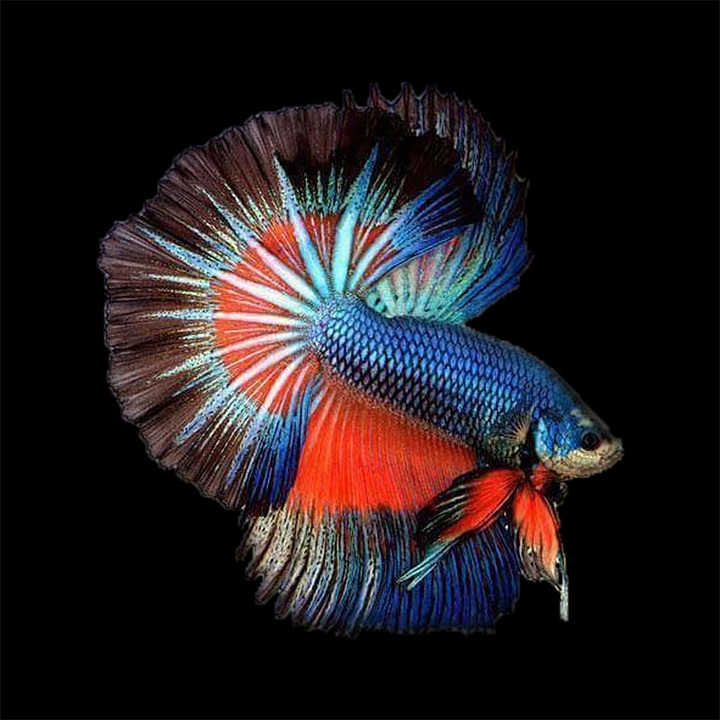Fish flashing, or the rapid rubbing or scratching of fish against various surfaces within the fish tank, is a common behavior observed in fish. While occasional flashing is considered normal, excessive flashing can indicate underlying health issues. In this article, we will explore the causes of fish flashing and provide effective remedies to alleviate this behavior. Additionally, we will address some frequently asked questions related to fish tank fish flashing.
There are several potential causes of fish flashing. One common cause is parasitic infestation. Parasites such as Ich (White Spot Disease), flukes, and anchor worms can irritate the fish’s skin, leading to flashing. Poor water quality is another possible cause. Ammonia and nitrite spikes, high nitrate levels, and pH imbalances can all irritate the fish’s skin and trigger flashing. Lastly, skin irritation can also cause fish to flash. Rough or sharp decorations, the presence of chemicals or detergents in the water, and an inadequate filtration system can all contribute to skin irritation.
To remedy fish flashing caused by parasitic infestation, medications containing malachite green or formalin can be used for Ich. Praziquantel-based medications are effective for treating flukes. Bathing the fish in a potassium permanganate solution can help eliminate anchor worms.
Improving water quality is crucial in reducing fish flashing. Regular water changes of 20-30% weekly can help maintain optimal water conditions. Using a dechlorinator to remove chlorine and chloramines is also recommended. Monitoring and maintaining appropriate levels of ammonia, nitrite, nitrate, and pH are essential for preventing skin irritation and fish flashing.
Preventing skin irritation is another important aspect of reducing fish flashing. Using smooth and rounded decorations can help prevent injuries to the fish’s skin. It is also important to avoid using chemicals or detergents near the fish tank, as these can irritate the fish. Ensuring a suitable filtration system for the tank size and fish species is crucial for maintaining water quality and preventing skin irritation.
Now let’s address some frequently asked questions related to fish tank fish flashing.
Q1. Is occasional fish flashing normal?
Yes, occasional flashing can be considered normal behavior as fish may scratch themselves against various surfaces. However, excessive or constant flashing indicates a potential health issue.
Q2. How can I determine if my fish have parasites?
Look for visible signs like white spots (Ich), flukes attached to the fish’s body or gills, or the presence of anchor worms. Behavioral changes and rapid flashing may also indicate parasitic infestation.
Q3. How often should I change the water in my fish tank?
It is recommended to change 20-30% of the water weekly. This helps maintain optimal water quality and reduces the risk of fish flashing.
Q4. Can poor water quality alone cause fish flashing?
Yes, poor water quality, especially high levels of ammonia, nitrite, nitrate, or pH imbalances, can irritate fish skin and lead to flashing. It is crucial to maintain appropriate water parameters.
Q5. Should I quarantine my fish if they exhibit flashing behavior?
Yes, it is advisable to isolate the affected fish and observe them closely for any signs of disease or parasites. This helps prevent the spread of potential infections to other tank inhabitants.
In conclusion, understanding the causes and remedies of fish flashing is essential for maintaining the health and well-being of your aquarium fish. Regular monitoring of water quality, appropriate parasite control, and providing a suitable environment can significantly reduce or eliminate this behavior. By addressing fish flashing promptly, you can ensure a thriving and stress-free aquarium environment for your beloved fish.









